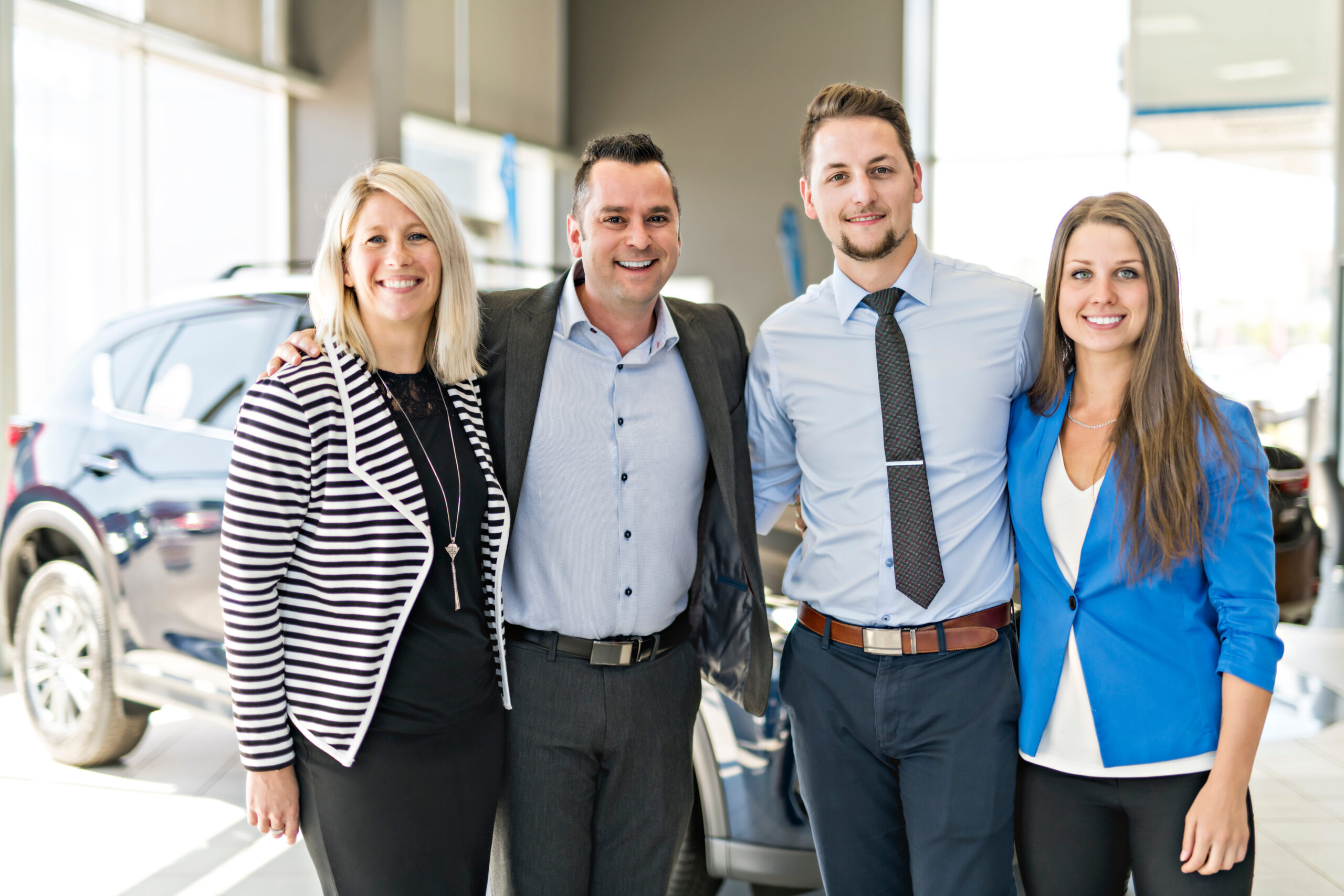In today’s competitive landscape, automotive businesses—including tint shops, dealerships, auto repair and body shops, and auto modification specialists—must employ innovative, well-planned marketing strategies to stand out. From targeted digital campaigns to carefully optimized landing pages, a robust marketing plan can significantly increase visibility and attract more leads. In this blog, we will explore the most effective automotive marketing strategies, discuss conversion rate optimization (CRO) techniques, and show you how to get leads for your automotive business in a sustainable, cost-effective manner.
Building a Solid Foundation for Your Automotive Marketing Plan
Before diving into specific tactics, it’s crucial to establish the right framework for your marketing. A comprehensive business marketing plan serves as the blueprint for all your promotional activities and ensures that each channel aligns with your overall goals.
Define Clear Objectives and Key Performance Indicators (KPIs)
Start by clarifying what you want to achieve: Do you want more phone calls? More form submissions? Higher foot traffic? Pinpointing these goals will help you decide which marketing channels to prioritize and how to allocate your budget. You will also need to identify KPIs—metrics that help you track your performance. For example:
- Lead volume: Number of inquiries or quote requests
- Conversion rate: Ratio of inquiries that turn into paying customers
- Average revenue per job: Helps you see if your marketing efforts attract higher-value customers
Regularly monitoring KPIs allows you to fix marketing campaigns as soon as they deviate from target benchmarks.
Create Detailed Buyer Personas
Buyer personas are fictional representations of your ideal customers. They include demographic information (age, location, income level) as well as psychographic details (pain points, values, motivations). For instance, a dealership might create separate buyer personas for families seeking reliable vehicles, luxury car enthusiasts, and first-time buyers on a budget. Similarly, an auto repair shop might categorize clients by service needs—like routine maintenance, collision repair, or performance tuning.
By crafting targeted messages that resonate with each persona, you’ll create more personalized campaigns that drive better engagement and lead quality.
Leverage Local SEO for Targeted Visibility
Most automotive businesses rely heavily on local customers. Therefore, optimizing for local search is a critical step in how to get leads for your automotive business. Key actions include:
- Claiming and optimizing your Google Business Profile (GBP) with accurate information, photos, and your primary keywords (e.g., “tint shop in [Your City]”).
- Gathering online reviews on Google, Yelp, or Facebook to bolster social proof and search engine rankings.
- Incorporating local keywords into your website content (e.g., “auto repair in downtown Phoenix” or “best car window tinting near me”).
According to BrightLocal, 93% of consumers use the internet to find a local business, which underscores the importance of local SEO strategies.
Advanced Digital Marketing Tactics for Automotive Businesses
With a solid foundation in place, it’s time to explore more advanced, automotive marketing strategies that leverage today’s digital landscape.
Paid Advertising and PPC Campaigns
Pay-Per-Click (PPC) advertising on platforms like Google Ads and Microsoft Advertising offers a highly targeted way to reach potential customers. Here’s how you can optimize PPC campaigns for automotive businesses:
- Keyword research: Focus on commercial-intent terms such as “car window tinting,” “collision repair cost,” or “car dealership near me.”
- Geotargeting: Limit your ads to a certain radius around your shop or city to attract local customers.
- Ad extensions: Use call extensions, location extensions, and structured snippet extensions to display your business information more prominently in search results.
Additionally, social media platforms like Facebook and Instagram allow advanced targeting based on age, location, interests, and behaviors—making them valuable channels for acquiring relevant leads.
Conversion Rate Optimization (CRO) for Your Website
Driving traffic is only half the battle; you need to convert website visitors into paying customers. Conversion rate optimization (CRO) involves refining your site’s design, user experience, and content to boost conversions.
Key CRO techniques include:
- Clear Calls to Action (CTAs): Ensure each page has a prominent and compelling CTA (e.g., “Request a Quote Now” or “Schedule an Appointment”).
- A/B Testing: Experiment with different headline texts, button colors, or page layouts to see which variant yields higher conversions.
- Fast Loading Times: A slow website can drive potential leads away. Compress images, use caching plugins, and choose a reliable hosting service.
- Mobile-Responsive Design: Since many users research auto services on their smartphones, a mobile-friendly design is non-negotiable.
Leveraging Email Marketing
Email marketing remains one of the most cost-effective ways to build and maintain relationships. For automotive businesses, email campaigns can be used to:
- Send service reminders: Oil changes, tire rotations, or other maintenance checklists.
- Promote special offers: Seasonal discounts or referral programs.
- Highlight new services: If you’ve added custom wraps or performance tuning, let customers know.
Using a modern Customer Relationship Management (CRM) system, you can segment your subscriber list for more targeted communication—ensuring that body shop customers, for example, only receive relevant updates.
Engaging Content and Social Media Presence
Content marketing not only attracts potential customers but also positions your business as an industry authority. Consider:
- Blog Posts & Articles: Regularly publish how-to guides (e.g., “How to Maintain Your Car’s Paint Job”) or expert tips (e.g., “Top 5 Window Tinting Regulations in [Your State]”).
- Video Content: Showcase client testimonials, service demonstrations, or educational videos (“How an Engine Tune-Up Works”).
- Social Media: Platforms like Facebook, Instagram, TikTok, and LinkedIn can be leveraged to share updates, promotions, or educational snippets.
Quality content builds trust and nurtures leads over time, often converting them into paying customers.
Expert Insights, Ongoing Optimization, and FAQs
To ensure your marketing remains effective, continuous optimization is crucial. Keep a close eye on analytics, gather feedback, and stay updated on industry trends to fix marketing campaigns when necessary.
Expert Insights
- Stay Current with Algorithm Changes: Search engine algorithms and social media advertising rules are always evolving. Monitoring industry news on platforms like Search Engine Journal can help you adapt quickly.
- Adopt Marketing Automation: Tools like HubSpot or ActiveCampaign can automate email workflows, lead scoring, and segmentation, freeing up time to focus on strategy rather than repetitive tasks.
- Invest in High-Quality Visuals: Automotive services often rely on aesthetics (car wraps, custom rims, paint jobs). High-quality photos and videos not only attract attention but also help build credibility.
Ongoing Optimization
- Regularly Analyze KPIs: Revisit your goals and performance metrics every month or quarter to detect trends and areas for improvement.
- Test, Test, Test: Whether it’s PPC ads, email subject lines, or webpage layouts, ongoing A/B testing provides valuable insights.
- Survey Your Customers: Simple questionnaires help gauge satisfaction and identify what attracted them in the first place—useful for refining future campaigns.
Frequently Asked Questions
Q: Is social media really effective for local automotive businesses?
A: Yes. Social media platforms allow you to reach a hyper-local audience through boosted posts or location-based targeting. This is especially valuable for shops reliant on customers within a specific area.
Q: How long does it take to see results from automotive marketing strategies?
A: It varies. Paid advertising can yield leads within days, while content marketing and SEO often take weeks or months to show significant traction. Consistency and continuous optimization are key to sustainable growth.
Q: Should I focus on one channel or diversify my marketing efforts?
A: Diversification reduces risk and expands your reach. However, use your buyer personas and KPIs to determine which channels are the most profitable and invest in those channels more heavily.
Developing a robust automotive marketing plan is vital in today’s competitive market—whether you operate a tint shop, dealership, body shop, or custom modification studio. From leveraging conversion rate optimization techniques to employing advanced local SEO strategies, every aspect of your digital presence should be geared toward how to get leads for your automotive business effectively.
Ready to take the next step? Our team of marketing experts specializes in crafting tailored campaigns for automotive service providers, ensuring consistent growth and brand visibility. Contact us today to discuss your specific goals and let us help you drive more leads, increase conversions, and ultimately grow your automotive business.





